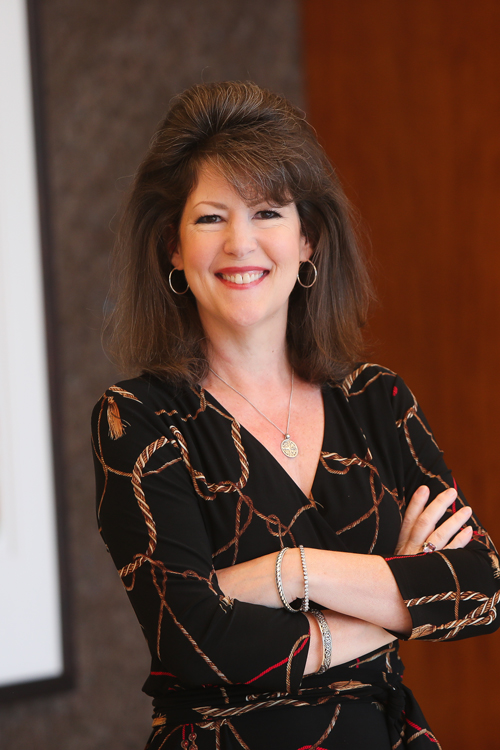It’s that time of year again.
Time for New Year’s Resolutions.
You may try each year to make changes and improvements in your health, home, life, relationships, or work, but you can easily become frustrated—even overwhelmed—because of all of the things you’d like to fix or change.
Many would say to make a list and then pick one place to start—or maybe two areas to focus on, depending on what they are.
It’s not bad advice, but you might want to ask and answer a bigger question first so you can have long-lasting results and skip making resolutions every year.
Here’s the question…
Who do you really want to be?
This question encompasses another often-asked question: “What do you want to be, do or have? And why?”
What you’re changing and improving isn’t just a matter of hitting a target or a goal and then stopping. While the achievement of a target is fantastic, this is more about choosing a way of BEING… a way of life for the long haul.
Plus, it’s important to know WHY you want to make changes and improvements, too.
What’s driving you? What’s the REAL reason for a change? What will the rewards and results be? (And double-check that what you’re doing isn’t for someone else, but for you.)
Once you’ve answered the question about who you want to be—or what you want to be, do or have—in the future, then choose one area in which to make shifts that will bring you closer to BEING the person you want to be.
Engage with your commitment, BELIEVE in what you want to achieve, and keep your focus on the desired outcome—so you can stay excited about it! Then support your efforts with new routines that are easy to stick with—small steps that are achievable and will show you incremental positive results each day. And along the way, be sure to celebrate those incremental successes
Here are a few other points to consider when planning lifestyle or workstyle changes…
Creating new habits to make a change is easier than trying to change old habits.
Consider the habits or routines you want to begin. What’s the right environment for success? Will you need time at home? At work? At the gym? Someplace else? Know where you need to be and what environment will support you the best. Have everything handy that you need to practice new habits and remove anything that will only make change harder.
Visualize what you’ll do, what you’ll need for success, where you’ll be, and how you’ll feel when practicing new routines, unless what you’re practicing can be done anywhere, like practicing a new way of thinking or meditating.
The higher your awareness of these things, the more prepared you’ll be to make your goal a reality and be a success.
Accountability works.
Get someone involved who understands what you’re trying to achieve or has already achieved it for themselves. An accountability partner can cheer you on, be there to encourage you, and hold you accountable in supportive ways. Talk to a trusted friend, advisor, or colleague and ask them if you can schedule check in calls or visits periodically to give updates and receive feedback.
Take action.
Identify the very first step you can take in the area you’re trying to improve. These steps should be small and achievable. What’s the first step to get things rolling? What do you plan to do each day or week to keep moving forward toward success? Also, make sure you protect the time you need to practice new routines and to keep making progress. There’s no point in wishing and planning if you don’t make room on your calendar for the action steps or activities related to your goal.
Get excited about your results and rewards.
The founder of Saks Fifth Avenue, David Campbell, once said, “Discipline is remembering what you want.”
Continuously visualize what you will feel like, look like, act like, or be like when you make progress and achieve the outcomes you want. Keep these images and the associated feelings in mind and you’ll be more likely to stay motivated and keep going. You’re much more likely to succeed and become the person you really want to be instead of getting frustrated and giving up.
As you make progress, reflect on how far you’ve come. Look back on the road you’ve traveled and the ground you’ve covered. Celebrate what you’ve achieved thus far—no matter how big or small the achievements—and this will encourage you to stay the course.
Change can begin anywhere at any time.
Real change—or the process that LEADS to real change—can start at any time of the year. It doesn’t have to be on January 1st. Start with who you are, where you are, and with what you have—no matter what day it is.
Take the pressure off about New Year’s Resolutions and think more about WHO you really want to be, HOW you want to really be, and why.
What you plan to be, do or have may take a while to achieve, but your first step can start on ANY day of the year.
And whenever you begin, I wish you all the best, including steady progress, success and happiness.
Whatever it is you’re reaching for, I know you’ll achieve!


